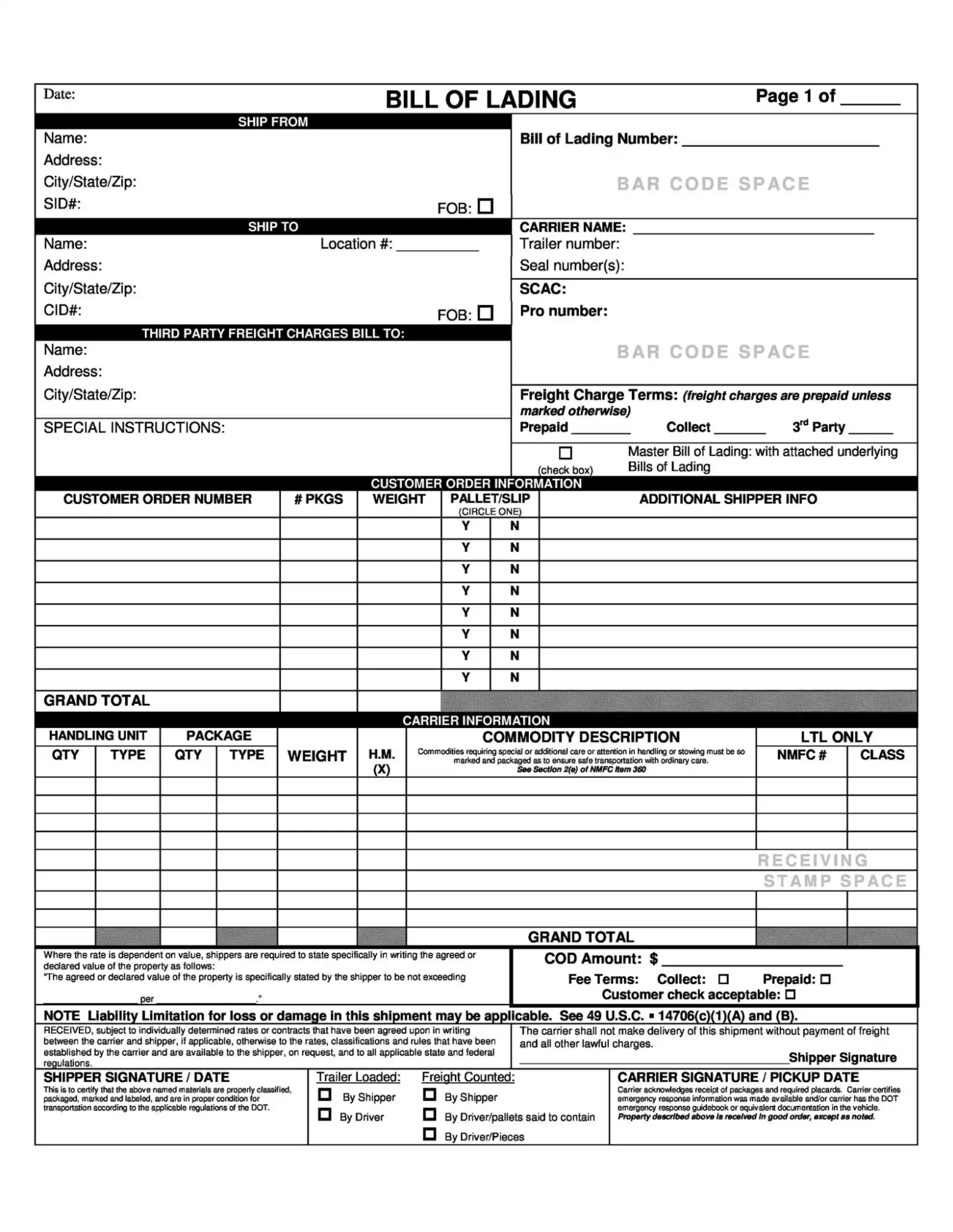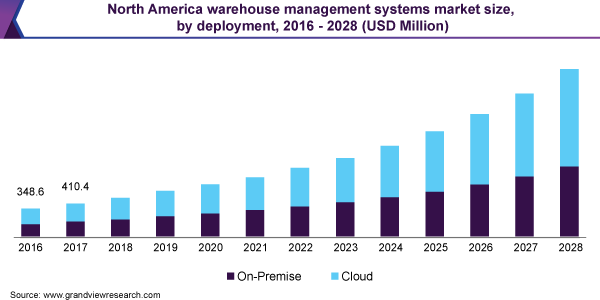Everything You Need to Know About Packing Slips in 2021
Whether you’ve been filling out, printing, and sending packing slips for years or you’re a new ecommerce business aiming to understand how they work, this article will cover everything you need to know about packing slips in 2021.
What is a Packing Slip?
In short, a packing slip is a document that’s placed inside the order or shipping pouch and includes a list of items shipped. Other terms for a packing slip are waybill, shipping list, or packing list.

Image Created By Writer
We’ll dive into what exactly is included on a packing slip below, but here’s a quick overview of its usual contents:
What is the Difference Between a Packing Slip and an Invoice?
While some of the information on a packing slip and an invoice is similar, the two documents serve different purposes. Invoices are documents containing financial information which are mostly processed by an online retail accounting software, whereas packing slips are documents containing product and shipping details.
One thing to bear in mind when understanding the difference between a packing slip and an invoice is who the document is sent to. Invoices are sent to the customer responsible for the payment, whereas packing slips are included with the physical order and received by whoever the recipient of that order is.
Often this is the same person, but if you’re shipping products to large warehouses or other businesses, it’s possible that the person handling the invoice and the person handling the packing slip will be different people and even in different departments.
While all businesses send invoices, not all businesses use packing slips. For example, a cloud developer is unlikely to send a packing slip to their clients because they’re not sending physical products. They will, however, like any other business, send an invoice.
What is the Difference Between a Packing Slip and a Sales Order?
A sales order contains some of the same information as a packing slip. Sales orders are typically sent from a business to a customer at the time of sale, and they act as a confirmation of the sale and include product details such as item quantities and pricing.
Packing slips are delivered with the physical order, whereas sales orders are delivered, often by email, before the order is sent. Customers may cross-reference the sales order and the packing slip once they receive the order.
Both of these documents differ from a purchase order as this is created and issued by the buyer rather than your business.

What is the Difference Between a Packing Slip and a Shipping Label?
Packing slips include the recipient’s address details and information about the shipment but are found inside the order rather than on the packaging. The purpose of a shipping label is to tell the shipper where to send the package and provide any other information, such as the sender’s contact information and return address.

What is the Difference Between a Packing Slip and a Bill of Lading?
While a copy of the packing slip may be shown to carriers, the document usually handed from the sender to the shipping carrier is the bill of lading. The bill of lading is a legal shipping document that transfers ownership of the items from the sender to the shipping carrier, forming an agreement that the items will be delivered.

Bills of lading are almost always required for freight train shipments, though some air and boat shippers also require them. The information on the bill of lading is for the carrier rather than the purchaser. It contains details about the items being shipped, the recipient’s address, the sales tax on shipping, and anything else required by the carrier, such as tracking numbers, quantities, weights, and dimensions.
Benefits of Using Packing Slips
Any business sending physical products should include packing slips with their orders. Here are the main benefits of using packing slips.
Cross-Check Orders With Ease
Packing slips give detailed information about the physical items included in an order you ship or receive. This means they are vital for cross-checking items within an order against other documents such as sales orders and invoices and the actual products that arrive.
Customers value packing slips as it makes this cross-checking process much easier. When a customer first opens an order they’ve received, they might worry if an item is missing. If this is the case, they will check the packing slip first.
Evidence of Items in a Shipment
When we send items to a customer, we hope that they will arrive in their entirety and in good condition. We rely on this to build trust and satisfy our customers to boost sales.
Accidents happen, however, and there are times when items could be lost during the packaging process, stolen during the shipping fulfilment process, or misplaced at any point. The packing slip offers physical evidence of what should be inside your shipment and will be needed should anything happen to your items before they arrive on the customer’s doorstep.
A Smooth Packaging Process
When tightening up your business process management, packing slips will ensure that the packaging and shipping processes are smooth and simple. Packing slips will tell your warehouse staff and managers exactly what is inside each order, and this information can be passed on to shipping providers.

There are many advantages to ensuring your warehouse staff know and understand your packing slips. It will speed up the packaging process, make shipments and returns management more efficient, and even reduce staff turnover. Informative and comprehensive packing slips make warehouse pick lists, packing, shipping, and returns handling a smoother process.
Automation Possibilities
Ecommerce businesses use all sorts of automated processes, such as ACD (automatic call distribution), to streamline communications and business processes. Your business, however, may not have extended this sort of automation to the shipping process.
Packing slips offer more possibilities for automating your business as they contain lots of important information. You can connect your automatically-generated packing slips to inventories or use them to generate other documents such as return slips.
Improved Trust Between You and Your Customers
Whenever we purchase a product from a business, we want to see professionalism, good workplace practices, and a dedication to ensuring our order is completed correctly. Receiving a packing slip with our order tells us that the promise made between us and the business at the point of sale is being upheld.
Packing slips make it easier for your customer to cross-reference their items with their original order, check for missing items, and, if necessary, make returns. Even if the order is perfect, a packing slip shows the customer that you care about their order and the ease with which they can check it. Packing slips are a sign of professionalism and help build trust between you and your customers or clients.
Best Practices
So far, we’ve explained what a packing slip is and why you should be using them in your orders. It’s time to delve into packing slips in more detail, what’s included in them, how to create them, and how to incorporate them into your shipping process.
What is Included in a Packing Slip?
We outlined some of the key information found on a packing slip above, but let’s return to what should go on your packing slip and why.
Your packing slip should include names and/or descriptions of all the items included in the shipment. These should match those found on other documents and should be clear enough that customers can connect an item name to the physical item in the order.
Your ecommerce business may use a variety of codes for individual items. SKU codes are typically found on product labels that allow you to track inventory automatically. In addition to SKU codes, you might also have item codes specific to the items you stock.
The order number and the date the order was made should be included on a packing slip.
Packing slips typically include the recipient’s name, address, contact details, and billing address.
Like most documents you send to customers when they make a purchase, the packing slip should include your details too. These include your company name, logo, website, contact details, and address.
You should always include the quantities of items on your packing slip. For some retailers, customers are only ordering one of each item. If you’re providing products for other businesses, however, these items will likely be ordered in bulk. Depending on what you’re shipping, you might also want to include other quantifiable things like weight and dimensions on the packing slip.
Shipping details on packing slips often include the name and contact details of the shipping provider, the dispatch date, and the tracking number. This is especially useful if your warehouse process involves using packing slips for organizing shipments.

Other Things You Might Include on Your Packing Slip
Packing Slip Template
If you’re unsure what a packing slip should look like, here’s a basic packing slip template to help you out. You can easily create your own packing slip in an Excel spreadsheet and link it to other spreadsheets or software that your business uses to manage inventory, issue invoices, and track sales.

Image Created By Writer
Automate and Print Packing Slips in Your Warehouse
Online sales are rising every year. In the first quarter of 2021, ecommerce sales increased by 39.1% from the first quarter of 2020. With more demand for products, many ecommerce businesses have found their warehouses are under strain. Packing slips are a necessary part of the packing and shipping process, so finding a way to automate their creation, printing, and insertion into packages is critical to improving your shipping process.

Warehouse automation is a growing part of the business world, especially where it can be integrated with your business’s cloud software. To compete with ecommerce giants like Amazon, shipping automation is a necessity. Here are some tips for automating packing slips:
Filling out packing slips on an individual basis is incredibly time-consuming. When a customer makes an order, the necessary information should feed into software or an Excel spreadsheet that creates the packing slip. Using this sort of automation, you can send packing slips straight to your warehouse and enable a faster pick pack ship process.
Automated packing slips can transform your shipping process into a series of streamlined procedures – If you’re unsure of the difference between process vs procedure, process is a high-level view of the steps you take to ship items, whereas procedure involves the details of each of these steps.
The great thing about automating the creation of packing slips for your ecommerce business is that they include all the product details also needed for your inventory management. As soon as the packing slip is created, use software or an Excel spreadsheet to send information such as SKU codes, item codes, and quantities to your inventory management software or sheet too.
Regardless of how you communicate with your warehouse team, whether it’s popping into the warehouse in person or using a virtual PBX system, both you and your staff will appreciate having packing slips and inventories linked as it will cut out unnecessary work and communication.
Using the necessary information on your automatically-generated packing slip, you can generate other documents, including shipping labels and return slips. You may even want to combine your packing slip with a return slip to cut down on the number of documents you need to print for your orders.
Conclusion
Every ecommerce business that ships physical products should include packing slips with their orders. They provide essential information for your staff and customers, improve trust, and offer many possibilities for automating your packing, shipping, and returns processes.
In this article, we’ve covered everything you need to know about packing slips. Hopefully, armed with this guide, you’ll be able to create and use packing slips with ease.



